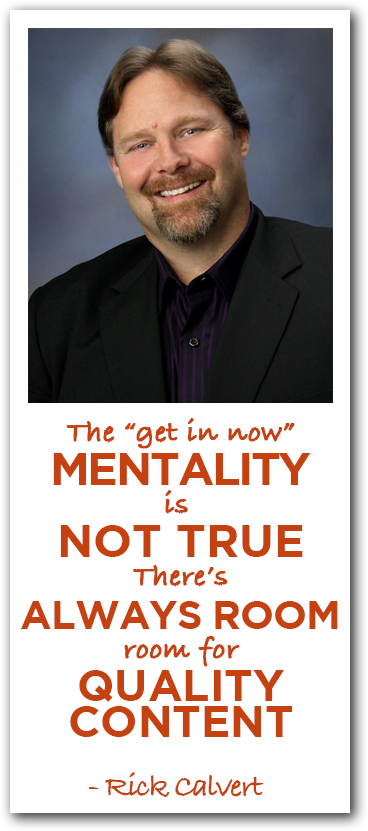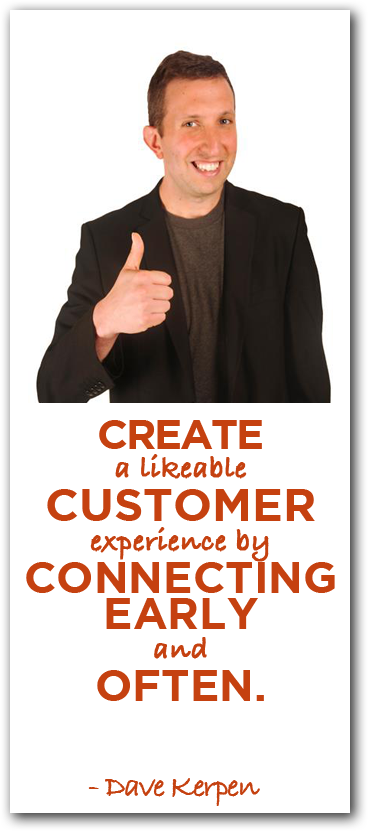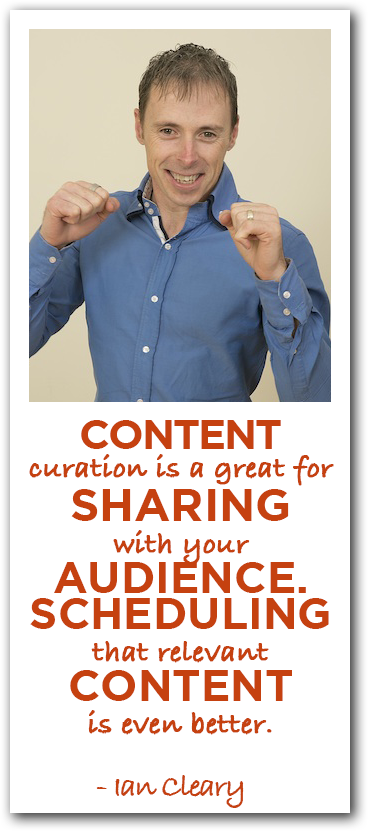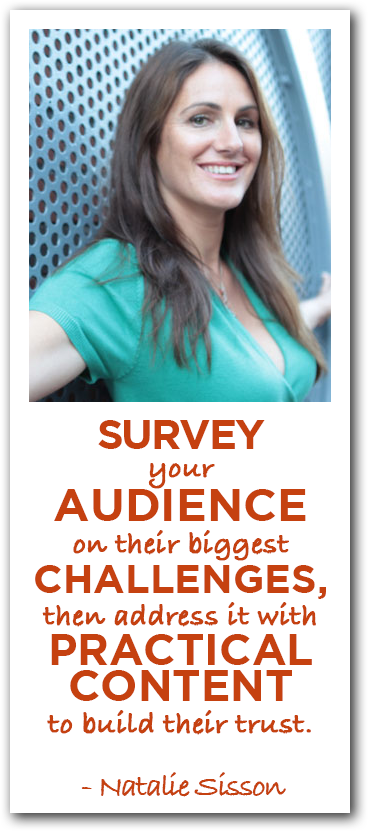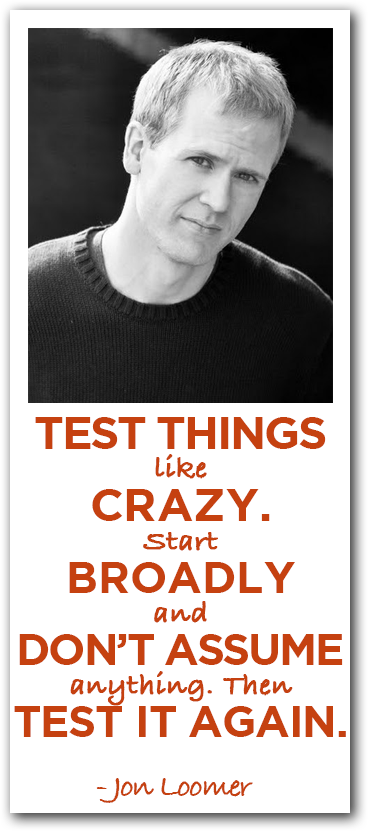 Facebook ads can prove to be lucrative and you can have multiple successful campaigns. Do you know how to set up Facebook ads and cull the best of the bunch?
Facebook ads can prove to be lucrative and you can have multiple successful campaigns. Do you know how to set up Facebook ads and cull the best of the bunch?
Do you know when to advertise for more page likes and more leads?
If you don’t, you’re not alone. Many small businesses aren’t aware of tools and techniques they could be using to increase their likes and sales on Facebook. That’s why we asked Jon Loomer, business coach, blogger, and advanced Facebook marketer to show us how, in this week’s episode of The Marketing Agents Podcast.
Podcast: Play in new window | Download
Subscribe: RSS
Big Ideas:
- What led you to become an advanced Facebook marketer?
- I was laid off in 2011. After working for the NBA doing social media before that, I had set up my website as an interactive resume.
- Over time, I saw more traction with my Facebook marketing posts.
- Less than a year ago, I rebranded my site under the tagline of “Advanced Facebook Marketing.”
- I decided to make the change in focus based on my paying customers.
- Loving sports statistics, I naturally gravitated to analytics and website stats with a focus on Facebook marketing.
- I didn’t know what would resonate with my audience, but I focused on what worked and moved in that direction.
- I started by dispelling Facebook hoaxes and wrote about it. I found a way to incorporate free advertising coupons and that got good traffic.
Blog posts to get traffic and posts to get revenue may not be the same, so just focus on what works.
- What do you say to marketers and biz people that feel they shouldn’t spend money on Facebook advertising and marketing?
- Just sitting and waiting for traffic to come in works, but not very well.
- If you stick to a great routine, view your analytics, then it’ll work to a point.
- If you want more traffic, or a new audience, you’ll need to start spending a few dollars.
- When you start investing in your success, you’ll start seeing greater results.
- Advertising is an accelerant.
- You can start by targeting your email list with Facebook ads – it’s an incredible tool.
If you know what you’re doing, and you invest wisely, you’ll start seeing great results.
- Where and how do I start spending money on Facebook ads?
- Before you even start to advertise, you need to think about who your target audience is and what value you can provide them. What is your content marketing strategy?
- Once you know your strategy, you need to build that relevant audience.
- Dedicate a portion of your budget to increase relevant Facebook likes.
- However, thousands of likes isn’t helpful unless they’re relevant.
- Graph search is a powerful tool to find people who like your emails, but haven’t like your page or posts. You can also narrow the search by demographics like location, age, etc.
- You can use graph search results to target your audience.
- When should we be advertising for more likes and when for more business leads?
- Constantly have two campaigns running in the background.
- Campaign 1 can be for getting likes – your friend likes this page, so you should like it too – certain interests for a certain audience.
- Campaign 2 can be for getting sales – “get this free e-book on Facebook advertising – visit this page.”
- You should always be looking to grow your audience.
- I also have a campaign for my weekly webinar that’s constantly running. It drives people to a lead generation landing page. “One time signup, etc.”
- Should you keep people inside Facebook, or custom tab, or can you lead them off Facebook?
- I’m not really seeing a penalty if you leave Facebook to a landing page.
- You can split test a Facebook tab vs. a landing page on your site.
- Cost is often dependent on behavior. How willing are people to convert on your landing page or on your Facebook tab?
- People tend to focus on the wrong metrics too.
- You should be looking at cost per lead and not click-through rates.
- Is there an ideal budget for Facebook ads or if not, how do I come up with a budget?
- There is a budget for anybody. You can get results for only $1 a day!
- How much you should spend depends on your goals, where you live, and what your target is.
- Usually, budget for $.50 per like, $1 per app install (Facebook or mobile device), $.50 for leads – but it also depends on what your cost per lead is.
- Decide what your goal is. Is it # of fans? # of sales?
- Should we be trying to get into the news feed and ignore the sidebar?
- The newsfeed is great for click-through rates, but when you consider the CPM (cost per 1,000 impressions), the sidebar is WAY cheaper.
- The average desktop news feed costs 20 times the sidebar ad spend, and the mobile news feed is 50 times that!
- A lot of people don’t understand the true cost. So far, I’ve seen my cost per conversion and cost per page like much more efficiently spent on the side bar.
- Cost per action on mobile is so expensive that it might not be worth your budget.
- If you’re serious about Facebook advertising and your business, you should be testing various ads, budget allocations, etc.
- If you keep an eye on it, you’ll be making the most out of your money.
Test things like crazy. Start broadly. Don’t assume anything. Target a wide range of ages, countries, placement, etc. Let it run for a couple weeks, view your performance reports, then optimize for the rest of the month. Review it again and then tweak the ads.
What’s the lowdown on power editors for Facebook ads?
- Boost Post, Facebook’s self-serve ad tool, and Power Editor are tools to use.
- Power Editor is a Chrome plug-in that’s not dynamic, but it’s great for advanced marketers.
- Power Editor is great for a/b testing ads, you get first dibs on the newest features, and more control over placement and targeting.
- If you’re serious about Facebook advertising and growing your audience, then learn Power Editor.
What are custom audiences and how do you use them on Facebook?
- It’s been around for just over a year.
- You can upload your customer email list into Power Editor and Facebook will match up your list to existing Facebook users.
- You can then create ads based on your targeted email list audience.
- If you have a product, you’ll probably email your audience about new features or updates. By connecting with your email audience via Facebook, you can target them with relevant product ads that have a call to action.
- If you’re a new business, you don’t even need to have a huge Facebook presence to take advantage of this feature.
- The ad by itself or email by itself may not do the trick, but both in tandem may lead to great sales.
Juicy Links:
- Follow John Loomer on Twitter.
- Follow Jon Loomer on Google+.
- Check out Jon Loomer’s website.
- Like Jon Loomer on Facebook.
- Check out Power Editor.
- How Much Should You Spend on Facebook Ads?
- How to Use Facebook Graph Search to Learn About Your Fans
- Insights Training Course
- Power Editor Training Course
- One-on-One Coaching
- And be sure to leave a review for The Marketing Agents on iTunes!
